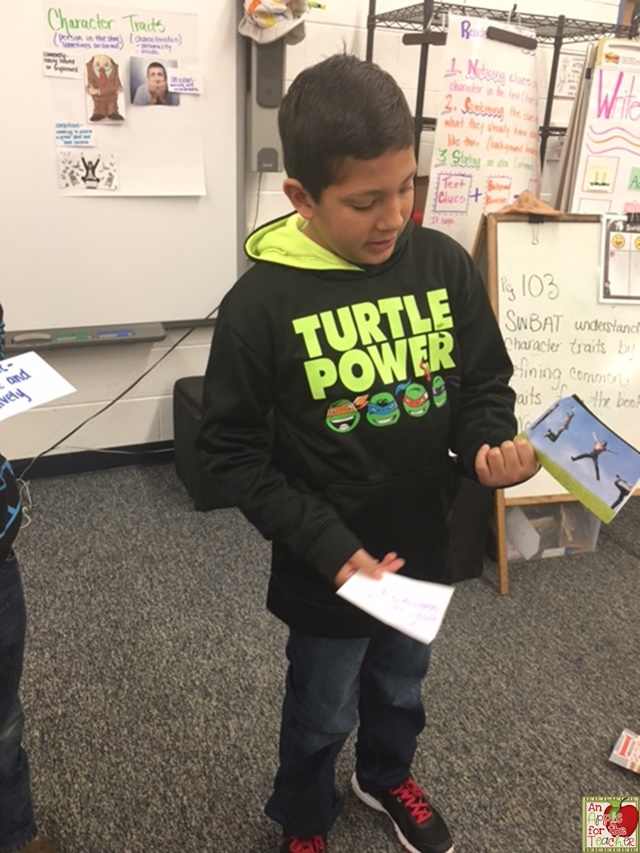My students have always loved playing math games, especially Bingo, so when I saw this post about Multiplication Bingo by Marilyn Burns, I knew it was something we would have to try!
This post contains affiliate links. I earn a small commission each time someone makes a purchase using one of my links, which helps to support the blog. All opinions are my own and I only promote brands and products that I have used myself and truly love.
I passed out a 5 X 5 Bingo Sheet to each of the students and told them they were going to each create their own Bingo Boards. But, before we could do that, we needed to talk about what numbers could possibly be used.
We started with traditional dice. I showed the students the dice and told them that I would be rolling the dice and then they would multiply the 2 numbers that came up. If they found the product on their board, they could cross it out. The winner would be the first person to cross out 5 boxes in a row.
Just as Marilyn suggests in her post, I told the students. "I think the smallest product that we could have from rolling these two dice is one." I asked them if they could explain why.
One of them answered, "Because if you roll two ones, one times one is one,"
Then, I asked them to talk to their partners about what the biggest product would be. They agreed that 36 would be the largest product.
I wrote the following on the board:
I asked the students to fill in their cards with any numbers from 1 to 36. I told them that it would be OK to write a number more than once, but that they needed to make sure that there was a number in each box except for the middle free box.
The first time we played, I rolled the dice and called out the numbers and had the class call out the product in unison. To keep the students engaged, I then moved the dice around the room asking students to roll the dice and call out the numbers.
As we played, I displayed the answers on the board.
We played until we had a winner!
Then we tallied the numbers that came up. We talked about what numbers could and couldn't come up. One of the students suggested that 26 might be a possibility. Another student disagreed saying there were no factors on the dice that would multiply together to get 26. The other students agreed, and we went through crossing off the numbers that couldn't be a possibility.
I asked them what they noticed. One of them said, "You can't use odd numbers." Another student disagreed stating that 3 and 5 were odd numbers, so that couldn't be the rule." We talked about prime and composite numbers and how that wasn't quite the rule either.
Before we played a second time, I asked them what they had learned about the numbers to write on their cards. Was there a strategy that would make them more successful? I asked them to look at the chart and talk in pairs and report their ideas. After they had an opportunity to talk about it, I told them to flip their pages over to write about their strategy.
I then handed out this sheet. I mentioned that they might want to change the numbers they used.
Variations:
Mini-Bingo Boards (I use these for partner and small group games for additional practice).
Changing the Dice (to provide additional challenge I give students these dice that have more than 6 sides. Students can also practice with place value dice or fraction dice for additional skills and challenge.
This game could easily be modified for addition facts as well if your students are younger or not quite ready for multiplication.
You can download the templates at my TpT store here.
If your students are struggling to learn their math facts, you may want to check out this blog post, My Kids Are Kicking Their Math Facts - and Learning Them Too which is all about how I have gotten by students to be Black Belts in math facts!
If you play this game in your class I would LOVE to see it in action. You can tag me on Instagram at @applefortheteach or email me at kellys3ps@sbcglobal.net.
And... don't forget to check out our giveaway page to enter our current giveaway!


















































